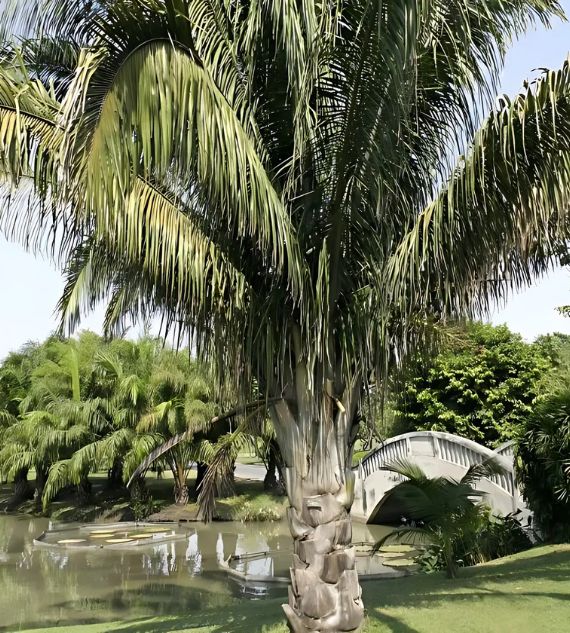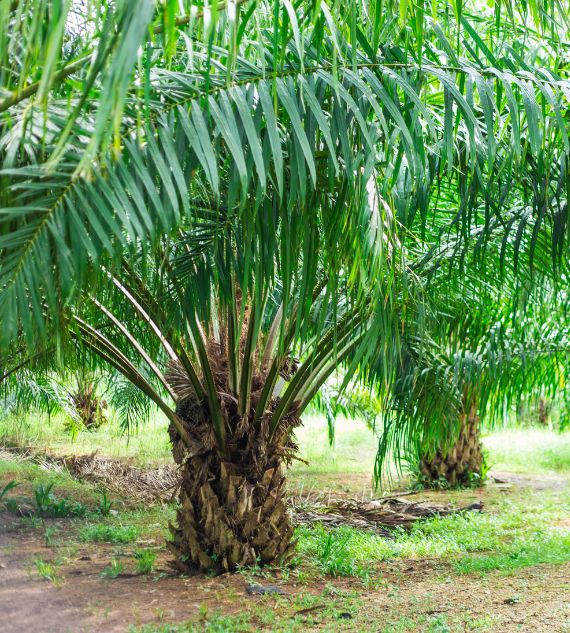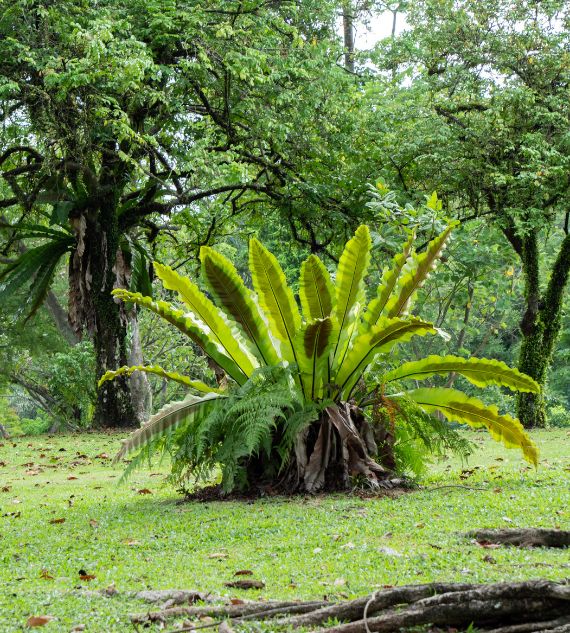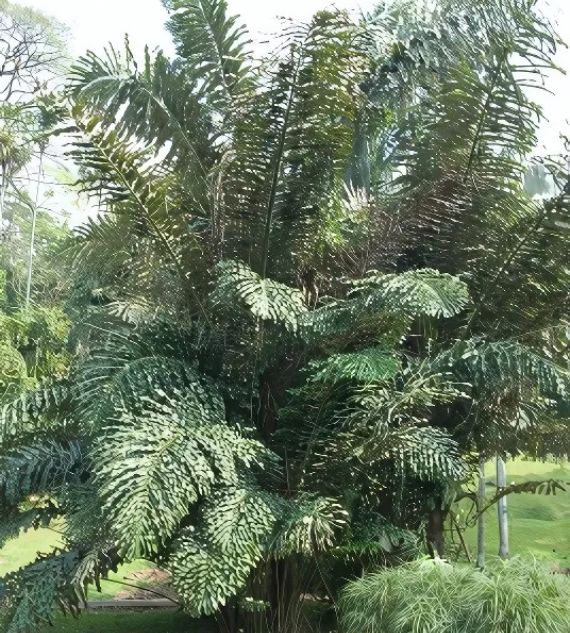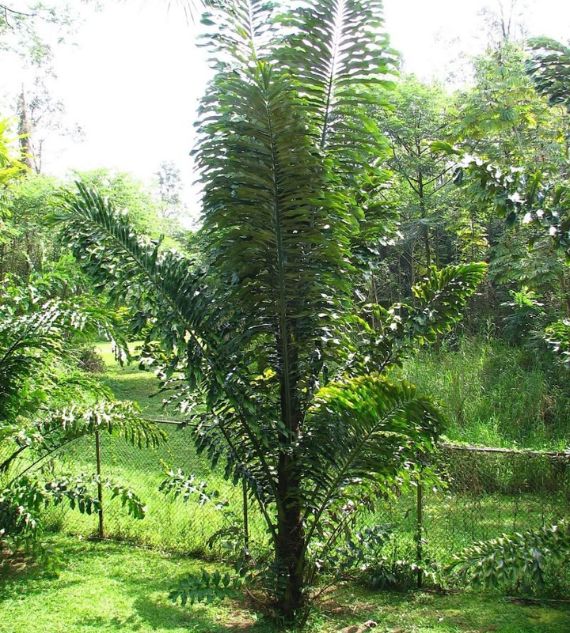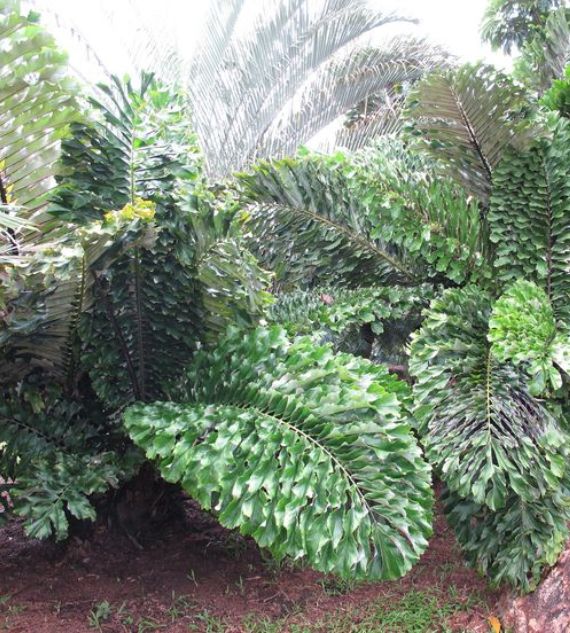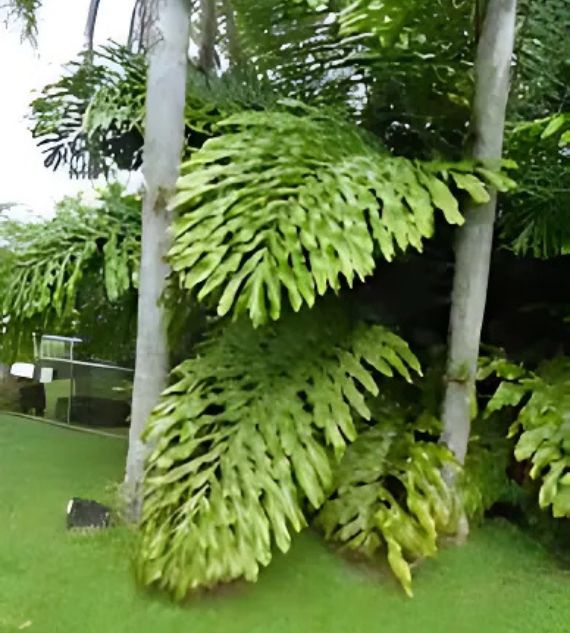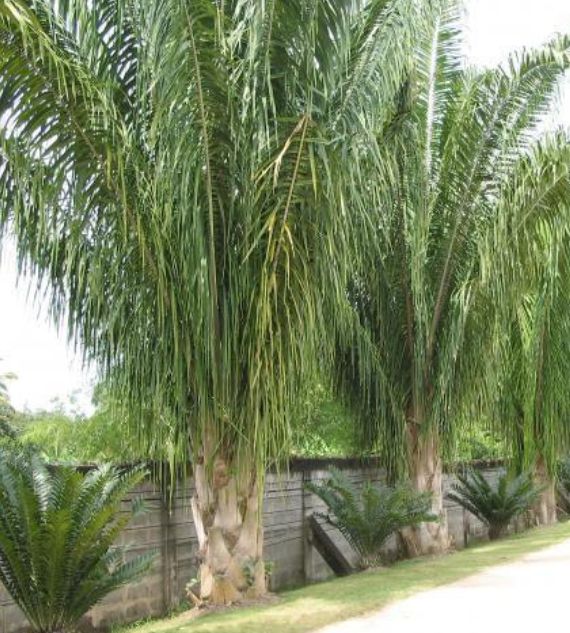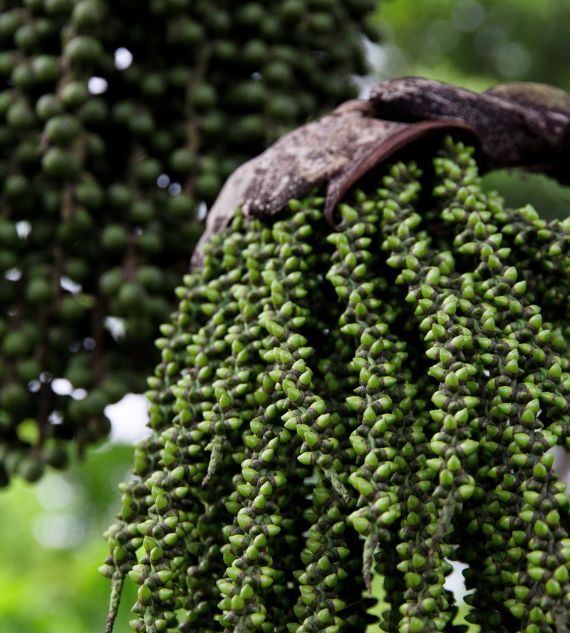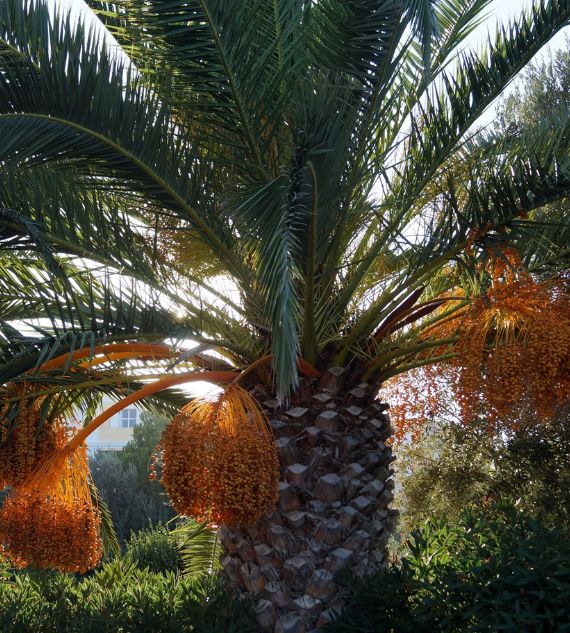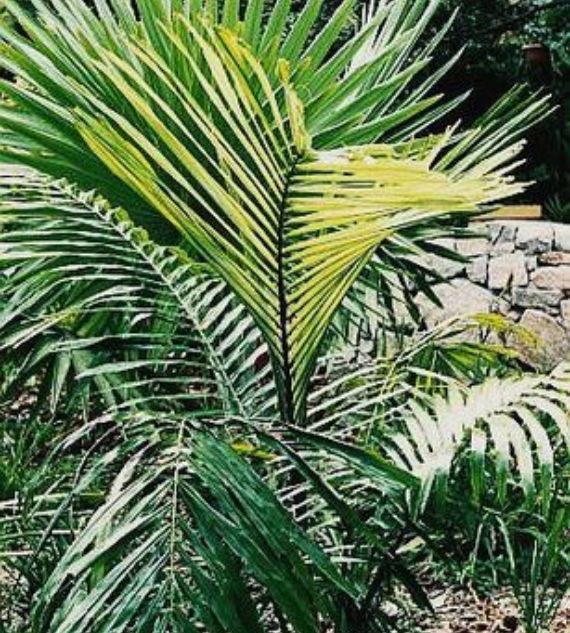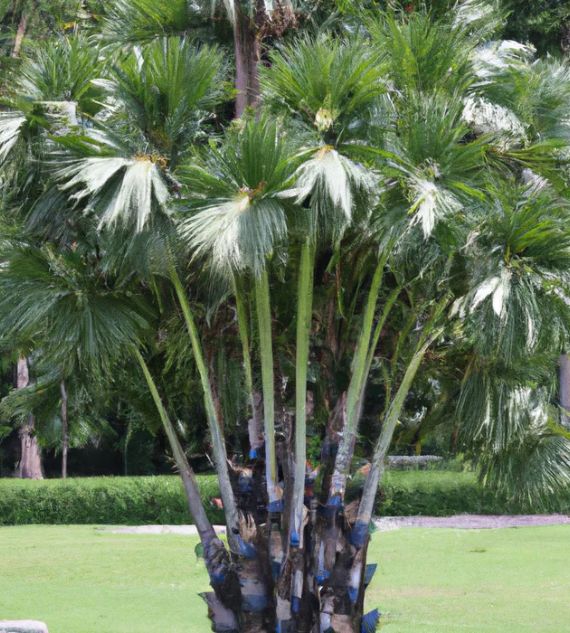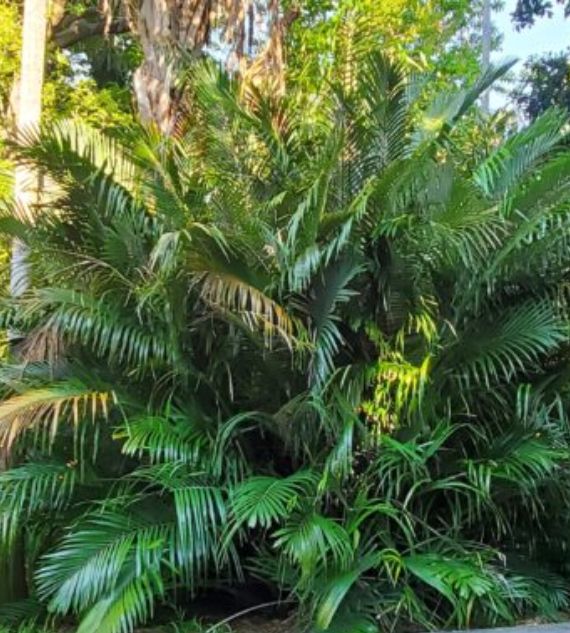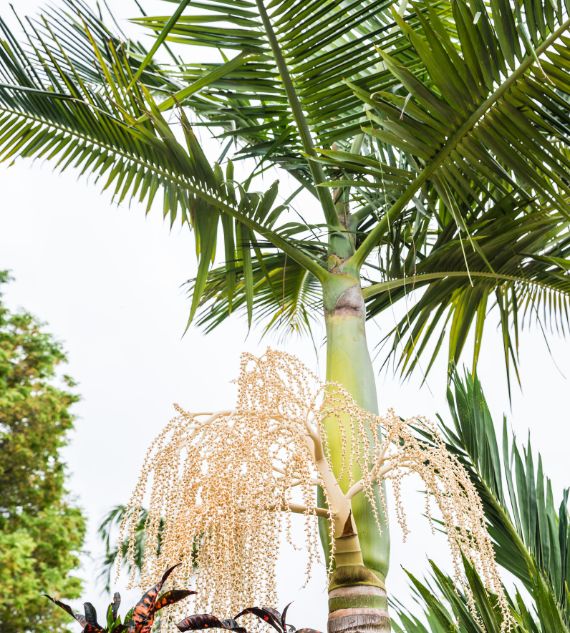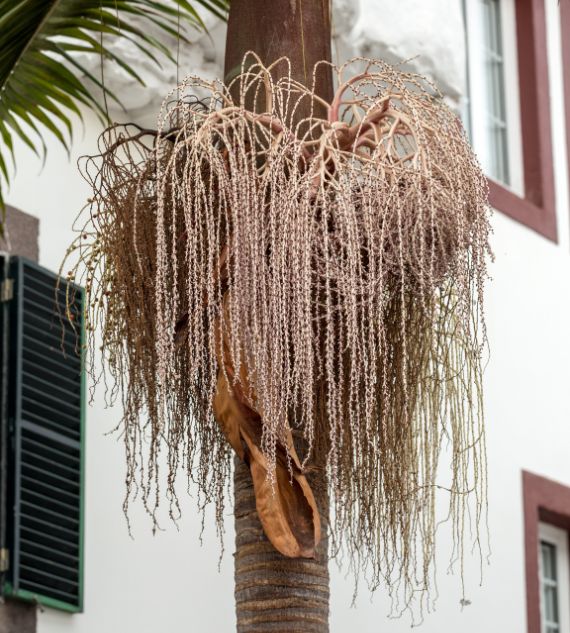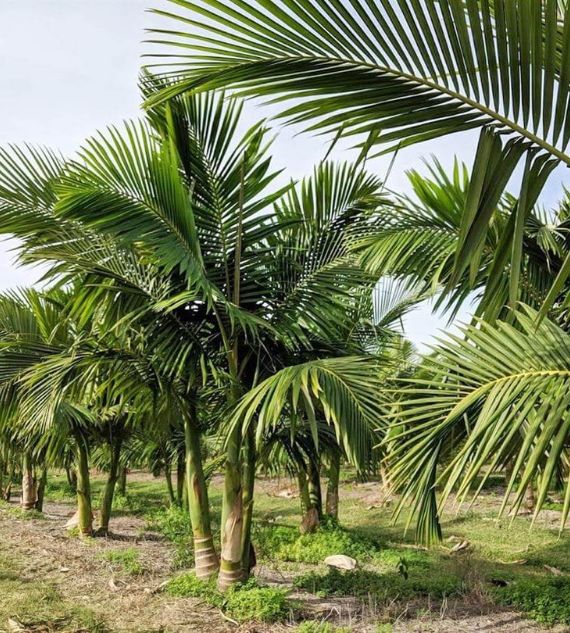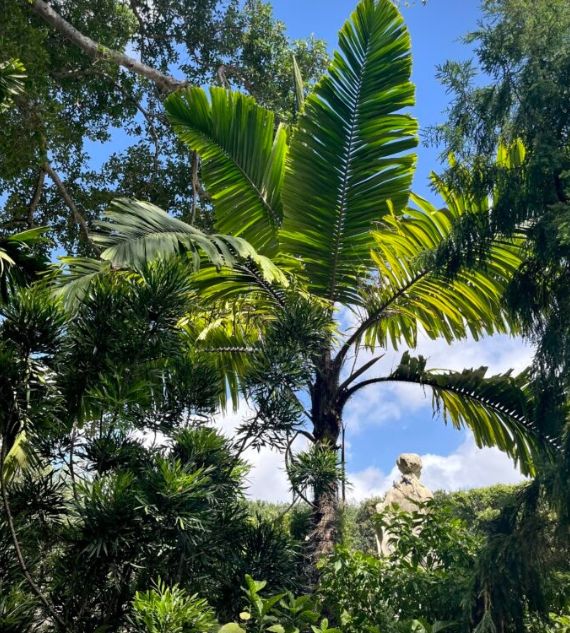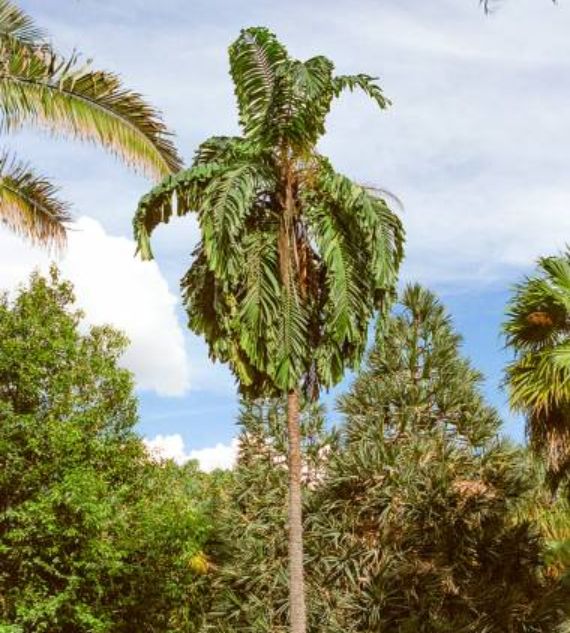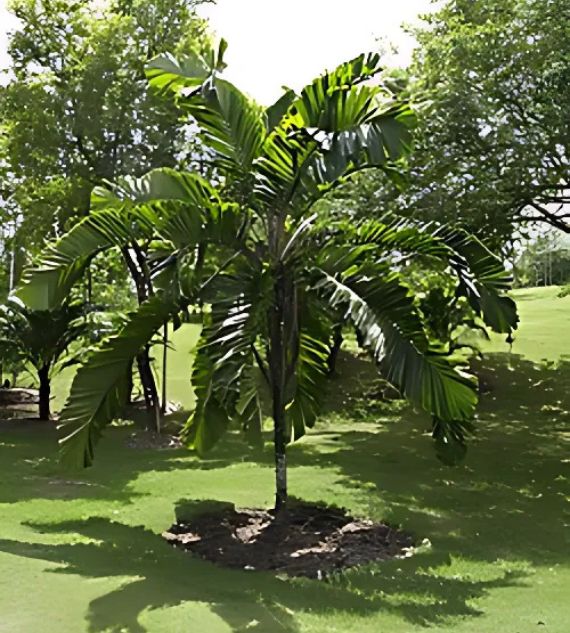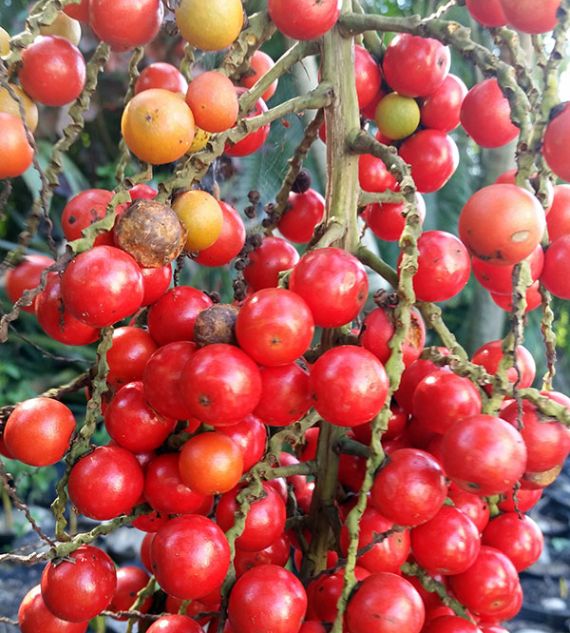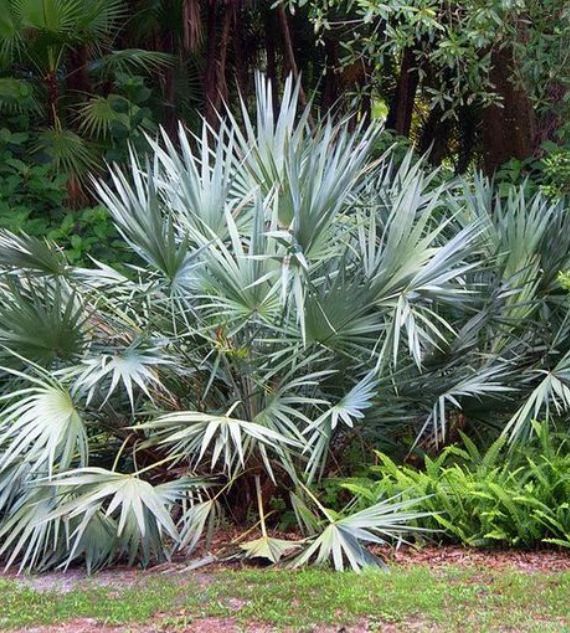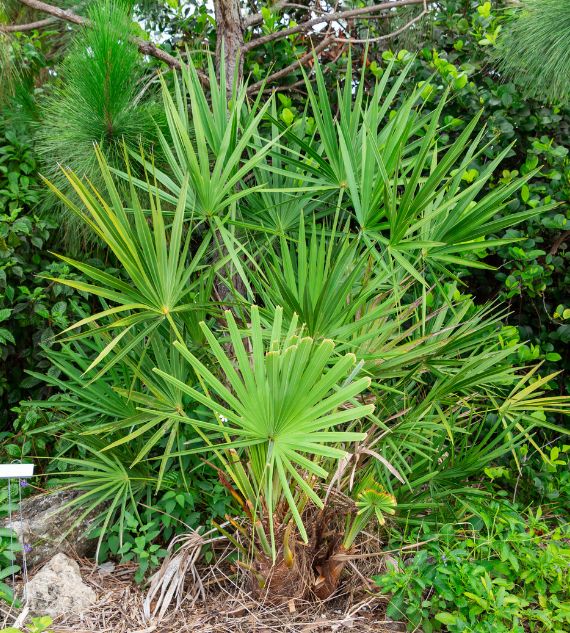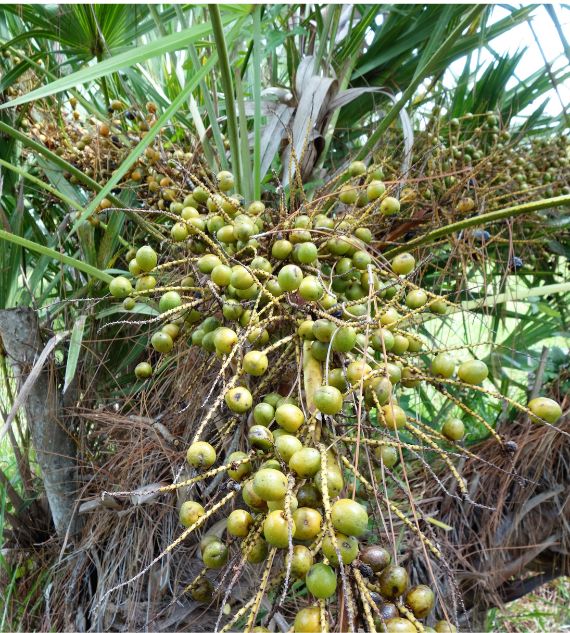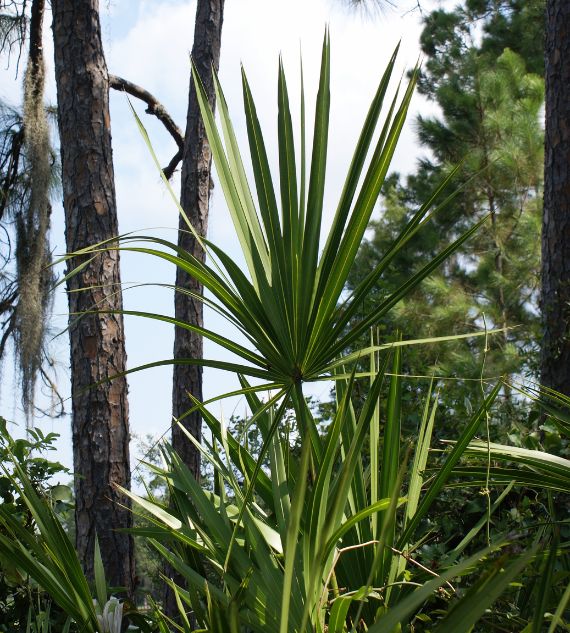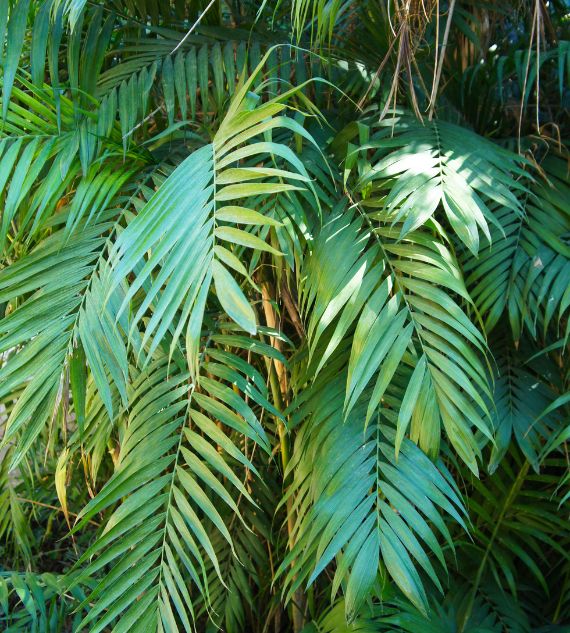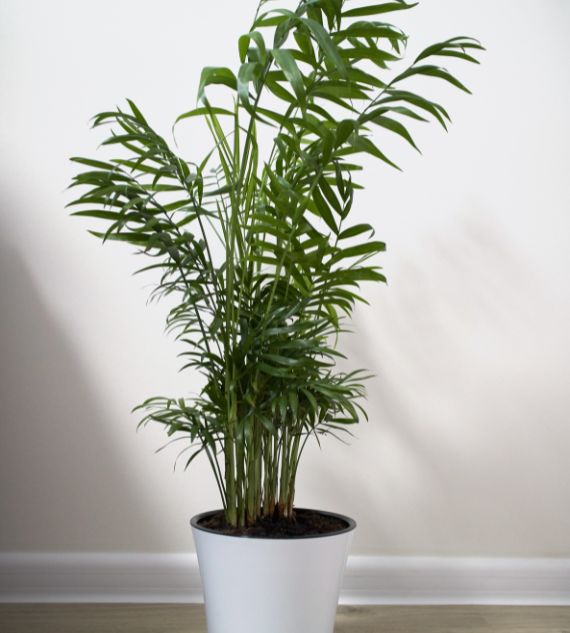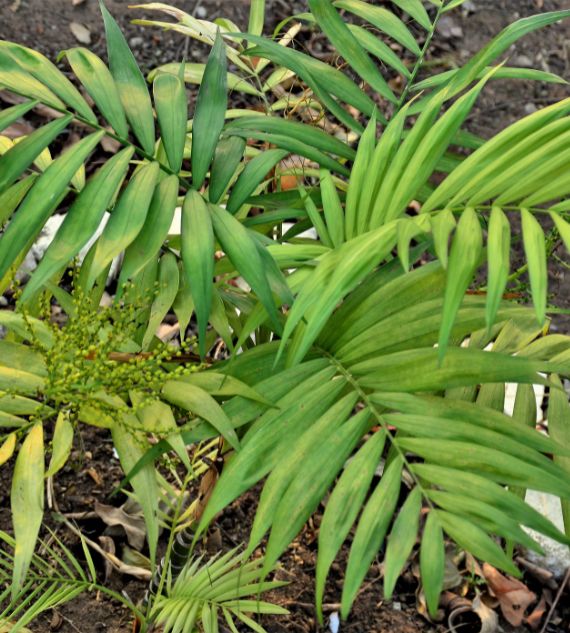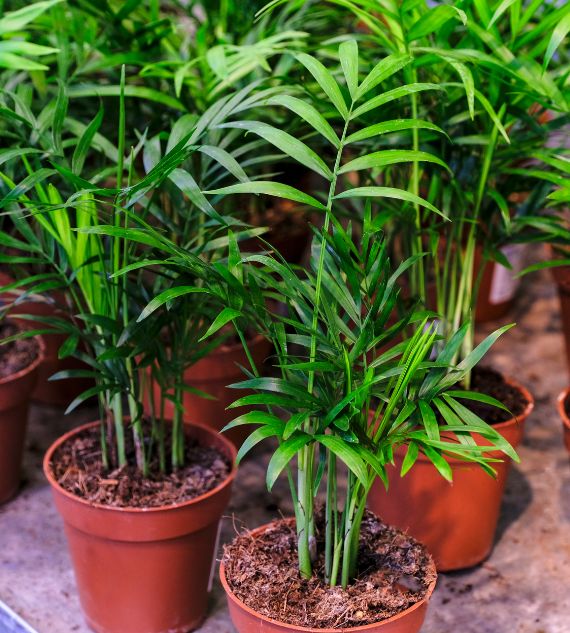-
-
Call: +971 50 861 1504
-
Email: mhpinternational11@gmail.com
Palm and Cycads
High Quality Palm and Cycads
Palm and Cycads
Palms and cycads, while visually similar with their large, fan-like leaves and tall trunks, are not closely related botanically. Palms are flowering plants (angiosperms) and belong to the family Arecaceae, while cycads are gymnosperms and belong to the family Cycadaceae. A key difference is that cycads produce seeds in cones, whereas palms produce flowers that lead to fruit containing seeds.
Attalea cohune Palm Plant
Attalea cohune – Cohune Palm is a large, majestic palm native to Central America and southern Mexico. It features a massive trunk and long, arching pinnate fronds that create a bold tropical presence. The palm produces oil-rich nuts used traditionally for cohune oil. Adapted to warm, humid climates, it is often used in large landscapes and restoration projects due to its size and ecological value.
Arenga undulatifolia – Wavy Leaf Arenga
Arenga undulatifolia, commonly known as the Wavy Leaf Arenga, is a striking palm known for its gracefully arching leaves with distinct wavy margins. Native to Southeast Asia, this medium-sized palm adds a lush, tropical touch to landscapes and thrives in both sun and partial shade. Its ornamental foliage and adaptability make it a versatile choice for gardens and tropical-themed designs.
Arenga pinnata – Sugar Palm
Arenga pinnata, commonly known as the Sugar Palm, is a multi-trunked palm native to Southeast Asia. It produces clusters of sweet, jelly-like fruits covered in fibrous husks, often used in traditional desserts after proper processing to remove natural toxins. The tree is also valued for its sap, tapped to make sugar and alcoholic drinks, and for its strong fibers used in crafts and ropes.
Arenga Engleri – Dwarf Sugar Palm
Arenga engleri, also known as the Dwarf Sugar Palm or Formosa Palm, is a compact, clumping palm native to Taiwan and the Ryukyu Islands. It features gracefully arching, dark green fronds with silver undersides and emits a subtle sweet fragrance. Ideal for small gardens and shaded landscapes, this hardy palm is prized for its ornamental appeal and cold tolerance.
Archontophoenix alexandrae – King Palm
Archontophoenix alexandrae, commonly known as the King Palm, is a fast-growing, elegant palm native to northeastern Australia. It features a smooth, gray trunk, a bright green crown shaft, and feathery, arching fronds. Ideal for tropical and subtropical climates, it adds a regal presence to landscapes and is often planted in rows for a grand avenue effect.
Exotic Aiphanes, Martinezia & Macaw Palms
Aiphanes, Martinezia, and the Macaw Palm (Aiphanes minima) are striking, exotic palms native to Central and South America. Known for their spiny trunks, dramatic foliage, and tropical appeal, these palms thrive in humid, shaded environments. Their unique appearance makes them standout choices for collectors and exotic landscape designs, bringing a wild, untamed beauty to any garden.
Acoelorraphe wrightii – Everglades Palm / Silver Saw Palmetto
Acoelorraphe wrightii, commonly known as the Everglades Palm or Silver Saw Palmetto, is a clumping, fan-leaved palm native to the wetlands of Florida, the Caribbean, and Central America. It features striking green leaves with silvery undersides and toothed petioles. Adaptable and cold-hardy, this palm thrives in wet or dry soils and adds a bold, tropical touch to both natural and formal landscapes.
Chamaedorea Elegans Parlour Palm Plant
Chamaedorea elegans, commonly known as the Parlour Palm, is a popular indoor plant native to Mexico and Central America. It features slender, graceful stems with delicate, feather-like green fronds. Valued for its tolerance of low light and ease of care, the Parlour Palm is a classic choice for brightening indoor spaces with a touch of tropical elegance.

